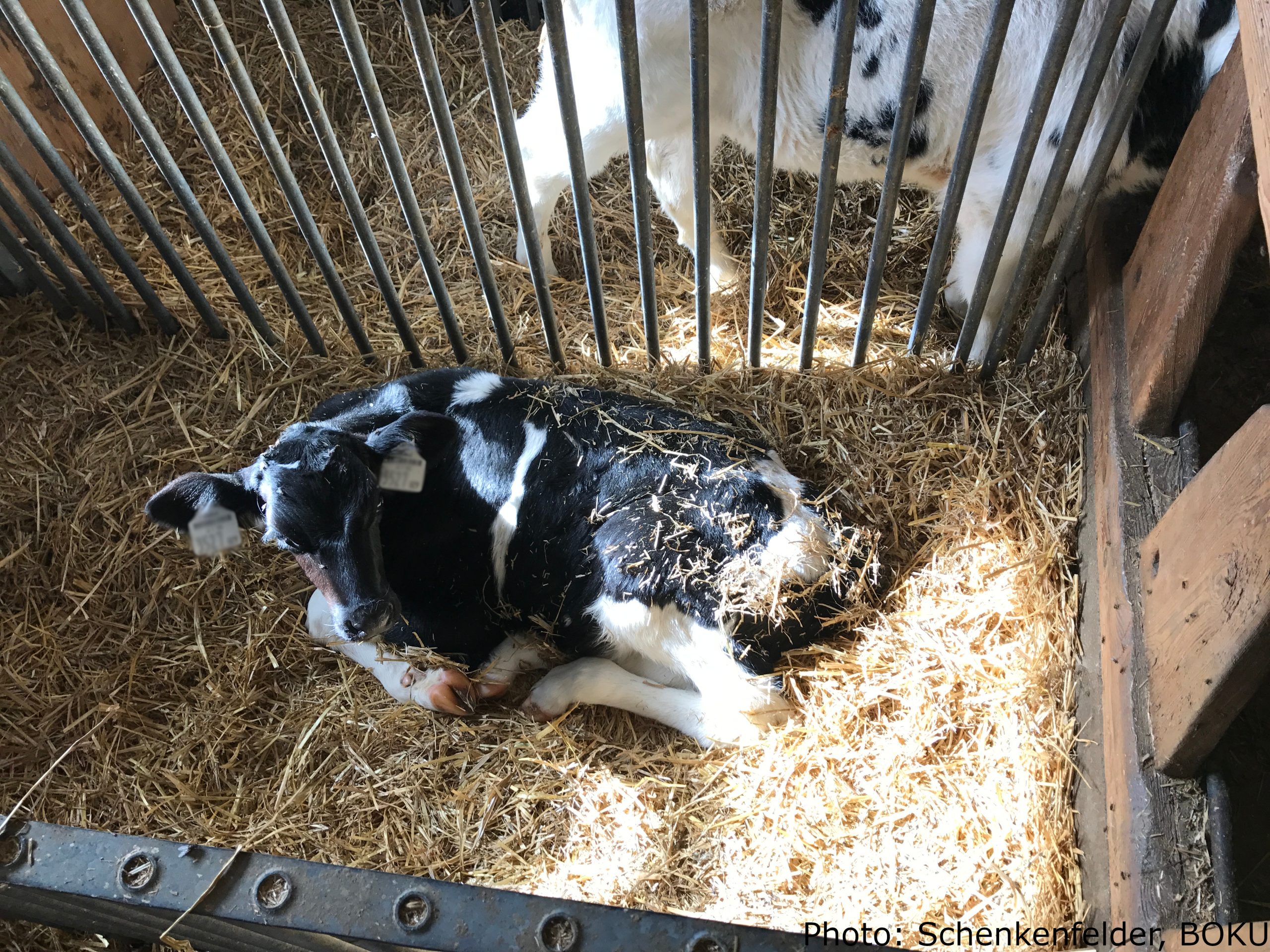Visual & Tactile Contact in Individually Housed Calves
This Welfare Topic aims to support Competent Authorities and other stakeholders with issues related to visual and tactile contact in individually housed calves. The documents published by the EURCAW Ruminants & Equines on this topic are not legally binding and may be updated periodically.
Legislation
Council Directive 2008/119/EC of 18 December 2008 laying down minimum standards for the protection of calves.
Article 3
1. From 1 January 1998, the following provisions shall apply on all newly built or rebuilt holdings and on all those brought into use after that date:
(a) no calf shall be confined in an individual pen after the age of eight weeks, unless a veterinarian certifies that its health or behaviour requires it to be isolated in order to receive treatment. The width of any individual pen for a calf shall be at least equal to the height of the calf at the withers, measured in the standing position, and the length shall be at least equal to the body length of the calf, measured from the tip of the nose to the caudal edge of the tuber ischii (pin bone), multiplied by 1.1. Individual pens for calves (except those for isolating sick animals) must not have solid walls, but perforated walls which allow the calves to have direct visual and tactile contact.
Knowledge
Housing calves individually during infancy is a common practice in dairy production, however, this routine disregards the social nature of bovines and strongly limits social contact between calves. In (near-)natural settings different, mostly affiliative interactions between a calf and other herd mates can be observed and it has been shown that calves are already motivated for social contact during their first weeks of life. Further, there is evidence that social isolation during infancy is associated with abnormal behaviour and developmental problems rendering social contact key to normal development of calves.
Tools for Inspection
Structural features of partitions used for individual housing of calves determine whether an animal can establish visual and tactile contact with a neighbouring calf and the amount of effort needed to establish such contact. In this Indicator Factsheet an inspection and scoring method to assess the level of restriction of visual and tactile contact imposed on individually housed calves as compared to unrestricted contact in social housing is suggested.





